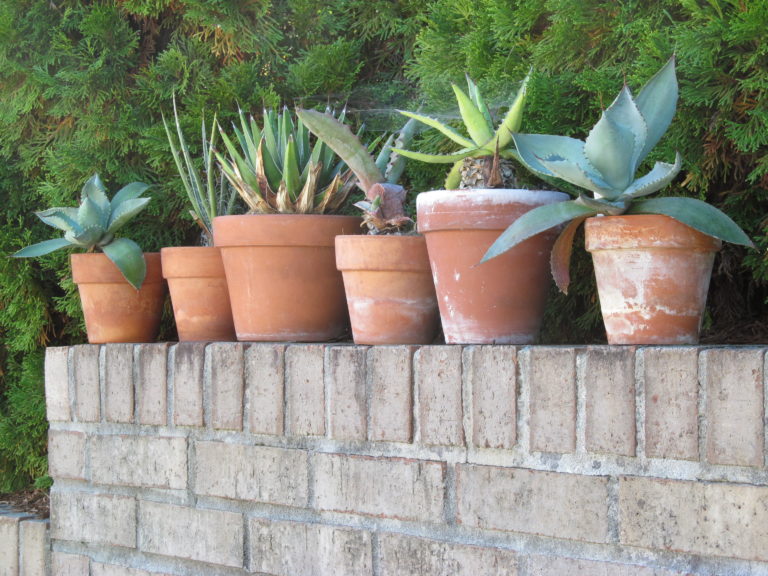Esau Thinking
[Published in the Knoxville News Sentinel, July 20, 2008]
When I heard about the conversion of UT’s Cherokee Farm into a “technology-oriented research site”, I thought of that old Joni Mitchell song:
“Don’t it always seem to go
That you don’t know what you’ve got ’til it’s gone.
They paved Paradise and put up a parking lot.”
It seems that some UT and private entrepreneurial bodies cast their eyes on the Ag School’s little ewe lamb — er, dairy farm — on the Cherokee site and saw not a peaceful bucolic scene but dollar signs. Once they had it in their sights, of course the dairy herd and equipment “had” to be sold or moved ASAP to somewhere far away from UT. The fact that these Holsteins constituted one of the highest-producing dairy herds in the state — once a proud UT boast — and were an important teaching tool for Ag students became….well, just not important any more.
UT says it will keep the site “green”. They hired the editor of Architectural Record to give a presentation to UT-designated movers and shakers and to provide “conceptual guidance” about the site design. But one thing is clear, that this conversion is going to be done to make money and serve commercial interests. It’s true: UT itself says on one of its Web pages that the purpose of the site is the “creation of new knowledge leading to new products” and that the research done at the site will “facilitate translation of new discoveries into commercially viable products” and is “expected to generate new partnerships and new commercial opportunities”. See, the cows weren’t generating enough income and they had a low glamour quotient, so they had to go.
I thought of the Joni Mitchell song again when I heard of the proposed elimination of UT’s Audiology and Speech Pathology (ASP) Department, along with its associated clinic (the Hearing and Speech Center). Let’s review: the UT sports program is sucking up millions (including ever-higher salaries for coaches), the state has set aside millions to endow UT chairs in joint institutes, and UT is hiring the editor of Architectural Record to help conceptualize their Cherokee Farm plans, yet the state and UT cannot afford to maintain a health resource that serves the entire region. Talk about your distorted priorities! It was a relief to hear that the clinic elimination was being rethought in light of a 1958 agreement requiring retention of the clinic work. But the decision about whether to eliminate the department is still pending. I am not optimistic, due to the rumors about the fair-haired Athletic Department’s coveting the ASP space.
A friend of mine remarks that in light of the clinic agreement, boosters of the Ag School should look at whatever documents might apply to the acquisition of the dairy farm land: if the land was originally donated to be a farm in perpetuity or to have a strictly agricultural use, then UT might be violating the terms of the donation if they convert the farm into a research site.
These are two examples of what I call Esau thinking. Esau was the guy in the Bible who, being ravenously hungry after tending his flocks all day, traded his birthright to his crafty brother for a mere bowl of potage. It seems to me that part of the patrimony of the people of Tennessee — the massive resource that is the University of Tennessee — is being squandered for the benefit of private interests and vested in-UT interests. Surely this is short-term thinking at its very worst. One shudders to contemplate what they will sell off next.
Compensation a la Mode
[Published in the Knoxville News Sentinel, January 25, 2009]
Several authors of recent books note that changing business models for compensation have put more and more risk on the ordinary worker, e.g., by making him provide for his own retirement via a 401(k). But to paraphrase George Orwell, some workers are more equal than others. As David Cay Johnson says in “Free Lunch”, many executive pay schemes “reward those who mismanage companies by handing them vast personal fortunes, even though they destroyed wealth for everyone else…[They] make money in a world in which they face little or no risk.” Some VHCs (very highly compensated) have done this with backdated stock options, forgiven loans, early performance bonuses, etc., but most do it mainly with juicy golden-parachute contracts.
Some say that you can’t blame people for taking money that is waved right under their noses; I say that greedy is as greedy does. But I do agree that the really blameworthy people are those who let the contracts: the boards of directors and other high officials.
Consider famous fired VHC Philip Fulmer. Under his buyout, he will be paid $6 million over four years to do…..nothing! He was also going to be paid to schmooze — uh, fund-raise — so he could keep his medical and retirement benefits going. On $6 million, most people could retire comfortably and even pay out of pocket for medical costs, but UT officials were so grateful for his past service that they did not want to make him dip into the $6 million for that. The schmooze fees (say $10K a month for 4 months) would have paid for two low-paid UT employees for a year — UT employees whose jobs are now at risk because of cutbacks.
What were UT officials thinking to have signed Fulmer’s contract in the first place? To have allowed payment not for six months of getting back on one’s feet, but for years on end? (Did they learn nothing from the President Schumaker fiasco?) What deformation of the thought processes made them even consider an add-on schmooze contract for a VHC who had been fired for performance reasons and who cannot have “needed” the money in any real sense? The schmooze money is supposedly from private sources (that old song), but UT must have approached them for the money. They would not do that for mere peons, however long and faithfully the peons had worked at UT — or however directly they affected UT’s academic mission.
It’s nice that UT PHCs (pretty highly compensated) are giving back part of their comfortable salaries. But it was a shock to hear how many of them had been using UT-provided cars. When I worked at UT some years ago, ordinary employees had to pay to park on campus, an outrageous take-back from the miniscule pay of the many temporary or near-minimum-wage people. Most couldn’t afford it, of course, and had to park far off-campus or be dropped off. I believe the PHCs did not have to pay for parking.
How many UT PHCs are there? Excluding the athletic department, there seem to be 12-15 vice presidents, a chancellor, 6 vice chancellors, a provost, and 7 vice provosts. That totals at least 27 people, about one per 1000 Knoxville students. If we include the 13 or so deans, that would total about 40 people. Does UT really need that many chiefs? Who authorized all this brass? Contracts providing for buyouts so large that they materially affect the bottom line and are a PR problem are surely counterproductive and not in the best interests of a company or institution; neither is having a huge superstructure of managers or PHCs and VHCs. For the lucky few, this is compensation a la mode — with a cherry on top.





Recent Comments